Books and Vintage Merchandise Store
During WWI Britain and France recruited hundreds of thousands of troops of colour from their colonies in Africa and the Caribbean. When the USA entered the
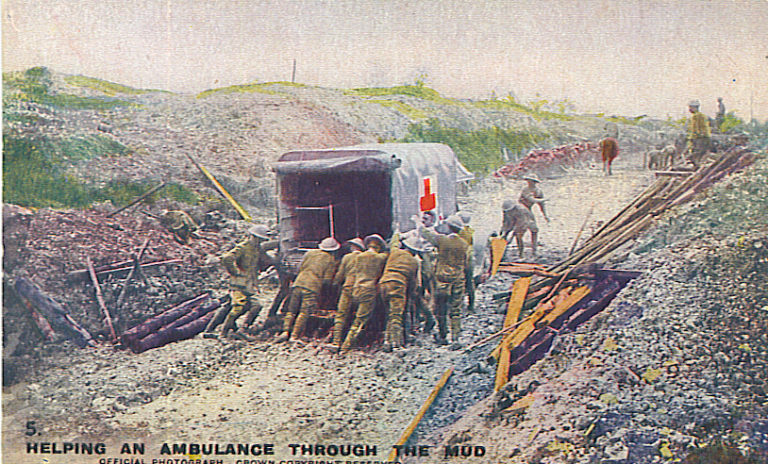

During WWI Britain and France recruited hundreds of thousands of troops of colour from their colonies in Africa and the Caribbean. When the USA entered the war it, too, used black soldiers, but only in segregated units and mostly for manual labour in rear staging areas.
Many in the German High Command were so outraged by the enlistment of blacks (whom they considered sub-human) that they convinced Berlin to lodge an official complain with London and Paris via their Swiss embassies.
The Germans maintained that WWI was an unfortunate contretemps conducted between civilized Christian peoples.
To the racists in Germany, the presence of black soldiers on the battlefield was an abasement of enlightened culture.
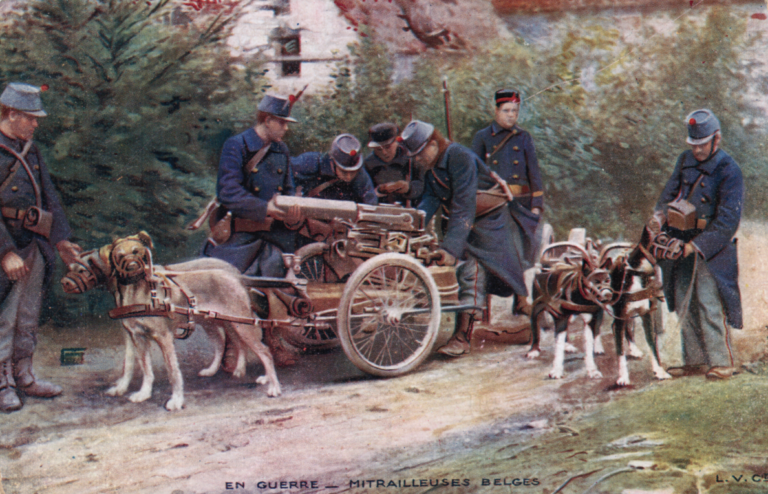
Belgium was so poorly prepared for war in 1914 that it lacked sufficient horses to pull its military transport wagons.
Dogs were often the only alternative, as here where they pull a heavy machine gun.
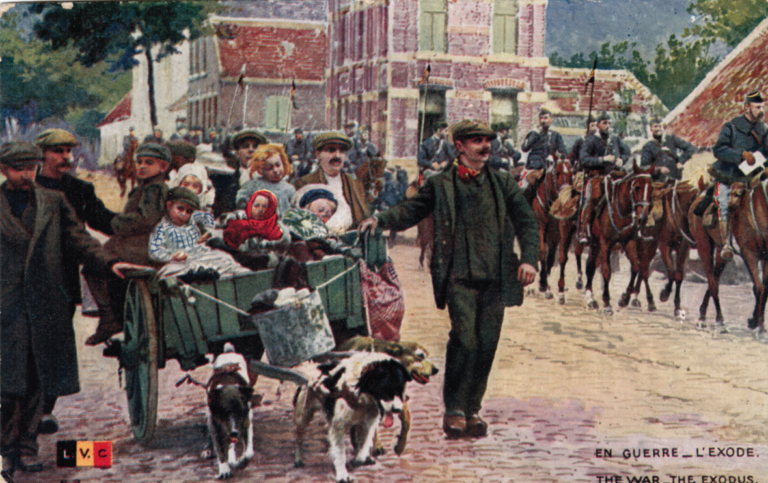
The whole world was caught off guard when Germany invaded Belgium in 1914.
That same world was appalled when German troops began to shoot civilians en masse.
Desperate seniors, women, and children fled with the little they could carry, often on tiny wagons pulled by faithful dogs.
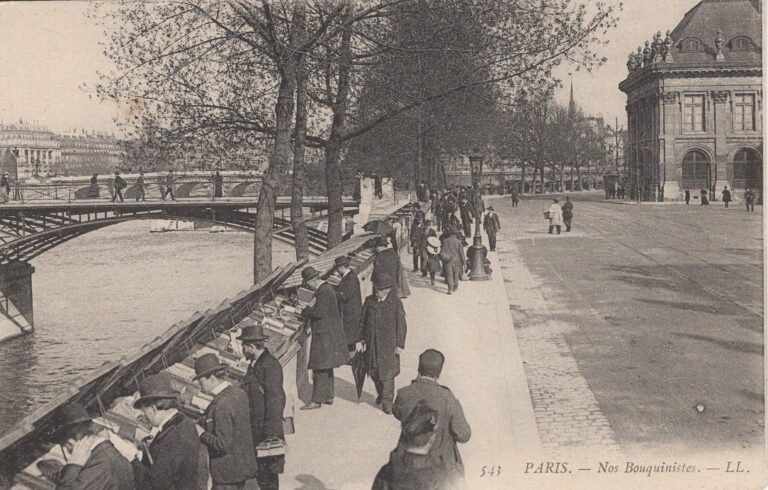
The quaysides of Paris have been lined with booksellers for centuries.
The number of independent vendors increased greatly after the Crimean War when Emperor Napoleon III gave licences to maimed soldiers who, because of their wounds, were frequently unemployable elsewhere.
Despite the rise of online book retailers in our time, these kiosks along the Seine continue to lure thousands of shoppers every day, people eager to find a bibliophilic treasure or, more often, a unique souvenir of a trip to the French capital.
Soldiers on leave during WWI were regular patrons of these book vendors, hungry to buy used novels to read to alleviate long stretches of inactivity in the trenches—and for the naughtier, printed items sold from under the counter for which Paris was then a paradise for enlisted men from the Anglosphere.
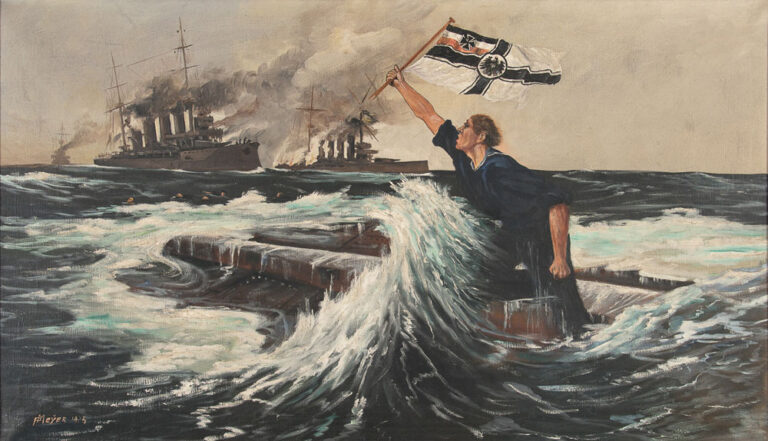
A German postcard, published circa 1916, showing a member of the Imperial Navy defiantly waving a marine jack at pursuing British warships, even as he sinks with his ship to his death at the Battle of the Falklands.
The painting is the most famous canvas by self-taught artist Hans Bohrdt (1857-1945). In a country with no history of maritime painting–because Germany had never been a grand sea-faring country–Bohrdt practically invented the genre in the Fatherland at the end of the nineteenth century.
In doing so he became one of the nation’s most popular visual artists. The patriotic subjects and the realism of his work also made him a favourite of Wilhelm II.
The Kaiser showered the artist with high honours and bought many of his oils. Despite its fame in Germany, the current whereabouts of the painting are unknown; the original has not been seen since 1924.

The word shrapnel is often but mistakenly used as a synonym for shell fragments.
Shrapnel is similar to birdshot—tiny round pellets packed into a shell casing meant to explode over the heads of attacking infantry to lay them low. Shell fragments are the red-hot fragments sent flying (roughly parallel to the ground) when an artillery shell explodes upon striking its earth-bound target.
Far more men were killed by shell fragments than by shrapnel.
Here we see an ambulance rail car whose thick metal sides have been punctured by shell fragments travelling at supersonic speed.

As the Great War dragged on, lasting far longer than anyone had predicted, the need for metals with which to make ships, big guns, ammunition, and other materiel became dire, especially in Germany and Austro-Hungary.
These two nations were deprived of easy access to fresh ore from abroad by the deadly efficiency of the Allied naval blockade put in place almost as soon as WWI began.
Thus in March 1917 the German military issued an Empire-wide edict demanding all churches to make their bells available for dismantling and transfer to foundries. There they were to be melted to make artillery.
The order was met with widespread despair and worsened already sliding civilian morale. The religiously-inclined (of whom there were many) were going to lose what they regarded as a sacred acoustic accompaniment to their day.
Moreover, bells were symbols of peace—hardly instruments meant to be transformed into devices for killing other Christians.
Wily deacons and masters of bureaucracy managed to stop the removal of many bells—but Germany was stripped of about half her chruch bells, including some of her oldest and most revered.